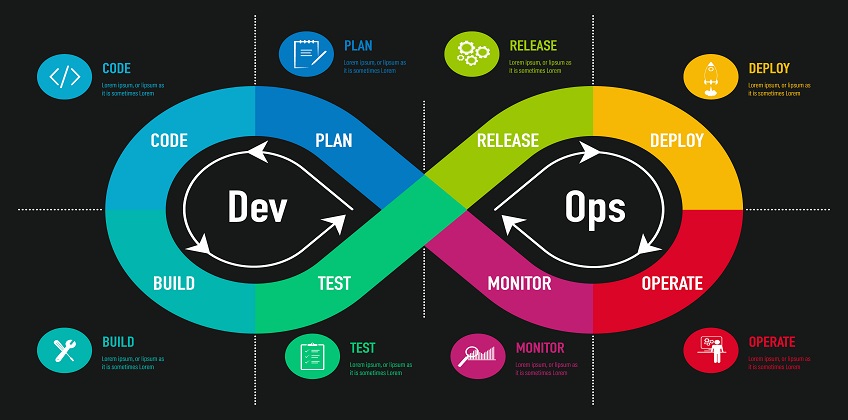Software product-based companies are increasingly implementing business agility by switching to the cloud and getting rid of the old legacy systems. They are adopting DevOps services as part of ongoing efforts to get agile and bring products to market more quickly. In addition to automating repetitive operations and the complete delivery pipeline, implementing DevOps on AWS can also help improve infrastructure orchestration. As it stands, implementing DevOps has many advantages, however, it is still a very challenging process for many companies. There are certain barriers that keep them from deriving the most value out of AWS DevOps service in South Sudan. In this blog, we will disclose the top 4 DevOps barriers and how to overcome them.
1. Lack of experiments
The secret to success for any forward-thinking firm is experimentation. Adopting new digital technology helps organizations stay competitive and sustain their agility. The issue, however, is that the majority of legacy businesses are afraid of failing and believe that implementing DevOps can affect stability and cause downtimes and delays. Additionally, they are concerned as automation entails costs and failure would have a significant negative impact on their bottom line. Some businesses are wary of implementing DevOps because they believe automation takes a lot of time. In reality, however, that’s not the case. In the long term, automating the delivery pipeline is cost-effective, as it eliminates redundant tasks and facilitates continuous delivery (CD). Fear of failure prevents organizations from experimenting, which continues to be a barrier. Businesses can only overcome this hurdle by implementing AWS automation services for the automation of the delivery pipeline. Partnering with a reputable AWS DevOps service in India definitely helps.
2. Infrastructure monitoring
Many businesses lack the skill sets, expertise, and tooling required to maintain the infrastructure and delivery pipeline. Given that servers, databases, and applications all require continuous monitoring, most businesses believe that DevOps will just make things more difficult. With DevOps, however, monitoring challenges actually get reduced. Utilizing the different DevOps tools available to monitor resources, create alerts, and automate infrastructure provisioning is an ideal way to swiftly adopt DevOps. Software modules can often be split so that each can be developed, tested, deployed, and released independently. All you need is to work with a proven AWS DevOps service in South Sudan.
3. Not enough buy-in
For legacy organizations to adopt a new technology or culture, there must be substantial buy-in from all the stakeholders. Management may not always be on board, and the development and operations teams may not always want to step outside their comfort zones. Legacy companies are also resistant to change as their legacy systems and way of working are complex and changing them to set up automation can seem difficult. If, however, you want your organization to stay ahead of the competition, especially in the technology sector, it is of utmost importance that you embrace change. You should promote a cross-functional working environment and address the various reasons for lack of buy-in. You may also want to take a look at other companies that have adopted DevOps successfully and try to imitate what they do well.
4. Cultural differences
The majority of product companies frequently use distributed development and outsourced software product engineering. These teams occasionally operate in silos, and development teams often have little to no idea about what the operations teams are up to. Coordination is exceedingly challenging because the product owners, development team, testing team, and operations team all operate in different time zones. Development teams are restricted to focusing just on dev duties and have no desire to comprehend operational matters. Automation may be constrained by such a mindset and cultural differences between the two teams. To make DevOps successful, the development and operations teams must collaborate. To enable continuous integration and deployment, teams operating in a distributed environment must overlap their time zones and connect via video and audio conferencing systems. Remember, strong coordination not only helps in realizing real business value but also results in a superior work culture, boosts innovation, and improves efficiency.

